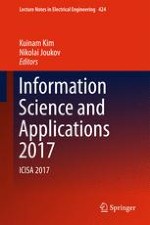2017 | OriginalPaper | Buchkapitel
Classification Model for Skin Lesion Image
verfasst von : Nontachai Danpakdee, Wararat Songpan
Erschienen in: Information Science and Applications 2017
Verlag: Springer Singapore
Aktivieren Sie unsere intelligente Suche, um passende Fachinhalte oder Patente zu finden.
Wählen Sie Textabschnitte aus um mit Künstlicher Intelligenz passenden Patente zu finden. powered by
Markieren Sie Textabschnitte, um KI-gestützt weitere passende Inhalte zu finden. powered by
